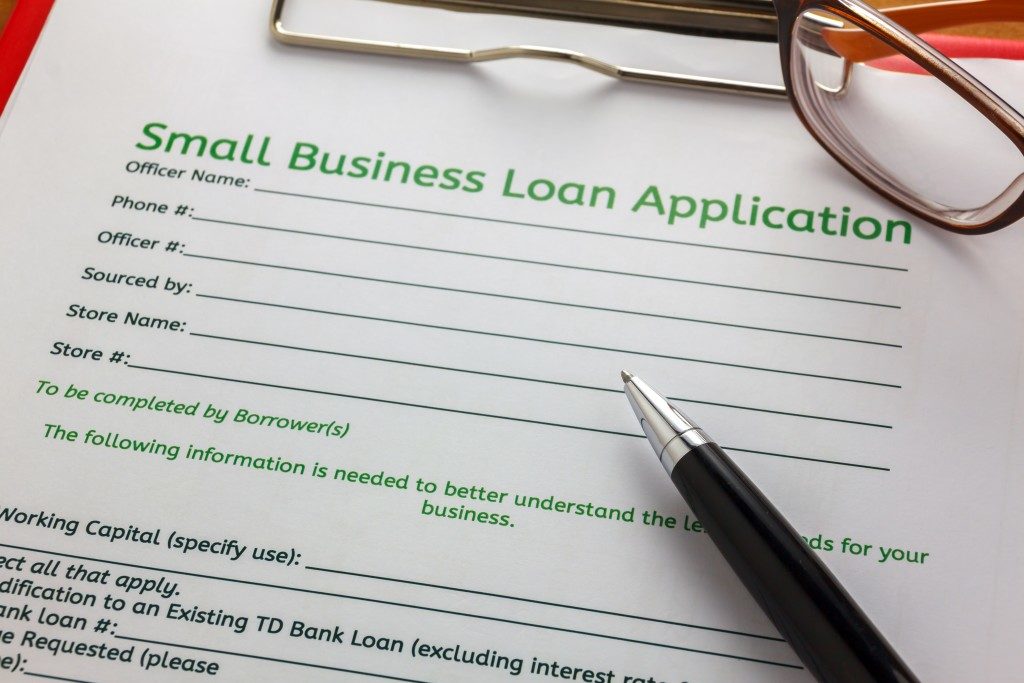The current health crisis has devasted the commercial landscape of the United States and small business owners are among the hardest hit sectors. In March, over 30,000 restaurants were closed, with approximately more than 110,000 more were projected to shut down within the next month. Now more than ever, if you own a small restaurant business you need to learn how to tighten your budget to ensure you survive through this crisis.
Here are 5 cost-saving techniques you can employ to make your budget leaner without compromising the quality of your restaurant’s food.
1. Reduce Food Wastage
The United States restaurant industry throws away between 22 and 33 billion pounds of food each year. This represents billions of dollars of food ending up in landfills. Your own restaurant can be throwing away pounds of food every week, which is money down the drain. You need to determine how much food you’re throwing away and identify what’s causing them.
Is your food waste due to spoilage? Then maybe its time to review the efficiency of your walk-in freezer and your food storage protocols. Are customers sending it back? Maybe its times to retrain cooks and ask the customers what’s wrong to prevent repeats.
2. Reuse Other Products
Your restaurant can be harboring other sources of income without you even knowing it. Review options for making more money without expanding your inventory. For example, there are tax deductions you can claim for your business when you donate food to food banks. If your business bakes bread and other pastry products, consider selling them half-priced before closing time so they won’t be a total loss. There’s also money to be made in recycling common kitchen by-products. There are reliable commercial fryer services that drain cooking oil from kitchen equipment and recycle them into biodiesel as well as keep your restaurant spotless.
3. Reduce Employee Hours

You maybe tempted to consider laying off employees to keep your business operational. Although this is a logical and viable move, you should think about offering alternatives first. For example, talk to your employees about working reduced hours. You can shutter your restaurant during low-customer hours and bring in employees at peak times. This prevents you from making the difficult decision of cutting out hardworking employees while keeping your restaurant profitable.
4. Make Food to Order
It’s hard to predict how many customers will order the same food every day. Although you may believe it’s a time-saving and cost-effective practice, cooking food in batches before they’re needed can instead lead to ridiculous food wastage. Unless you are absolutely sure someone is going to order the enormous amount of food you prepare beforehand, you might as well chuck the food and your profits into the trash. Instead, only make food to order. This keeps food waste to a minimum and your customers won’t have to eat microwaved meals with reduced quality.
5. Keep Menus Lean
Finally, you may be considering expanding your menu to attract new customers. There are lots of food trends even now that you might think you can capitalize on. However, putting additions to your menu can backfire spectacularly. That’s because new menu items mean more inventory, training staff to prepare them, and marketing it, which all cost time and money. There’s also a chance your new product won’t be a hit, ending in more waste. Keep menus lean and focus on your bestselling products and perfecting food you already make instead.
Times may seem bleak, but with strategic planning and a level head, you and your employees can make it through. Just remember to think critically and your restaurant will survive to keep serving excellent food to customers for years to come.


